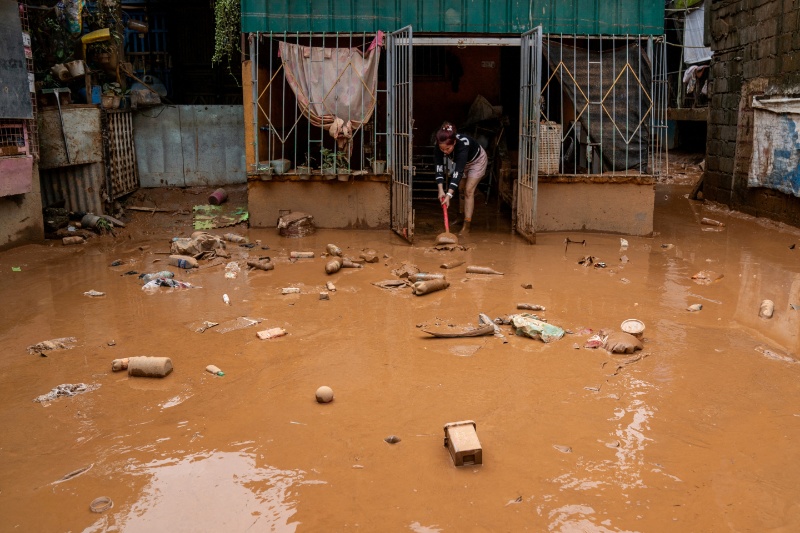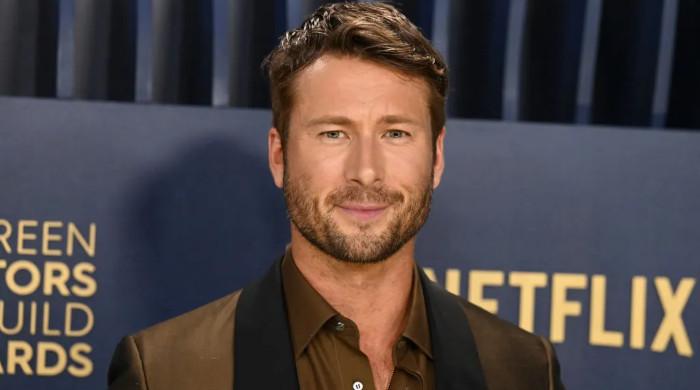SBS’s new romantic drama Four Years Later comes in the middle of an eventful week for cultural diversity in the Australian media. On one hand, there was a scathing review that revealed systemic racism across the ABC. On the other, there was the release of Media Diversity Australia’s Race Reporting Toolkit , intended to give journalists tools to report without resorting to racial stereotyping.
Four Years Later, an eight-part series commissioned by Screen Australia and SBS, epitomises the tension of making and watching racialised media in the current climate. The series follows an Indian couple, Sri (Shahana Goswami) and Yash (Akshay Ajit Singh), as they reunite in Australia after being forced to spend four years apart so Yash can complete his medical traineeship. The series comes 14 years after writer and producer Mithila Gupta first introduced an Indian family to the long-running soap Neighbours.
But is an Australian audience ready for content that doesn’t translate the non-white parts for a white audience? This question may be redundant because the Australian audience itself is changing. The changing face of Australian content My and my colleagues’ interviews with intergenerational migrant audiences have revealed it’s largely the children of migrants who wish for more onscreen diversity to reflect their own lives. We also found young people of colour were turning away from Australian broadcasters to find said diversity on streaming platforms.
Four Years Later comes.


















